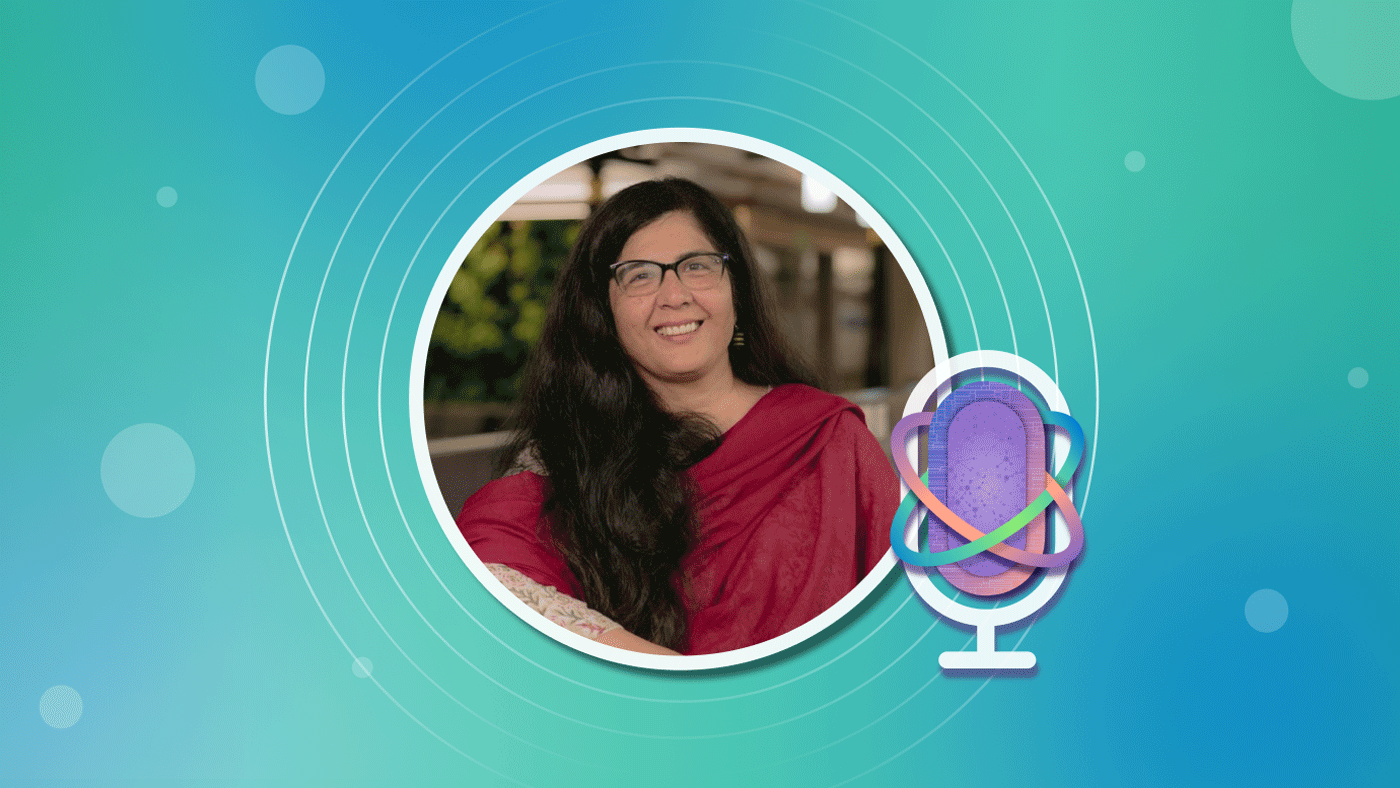By Dan Fay (opens in new tab), Senior Director, Microsoft Research
What would you create with a Microsoft HoloLens? Ask a group of gamers and you’ll likely get some cutting-edge suggestions for virtual reality shootouts, but beyond gaming there are many other ways to use Microsoft HoloLens to connect, create, collaborate, and explore.

Microsoft Research Blog
Many people responded to our invitation for proposals last July as an opportunity for dreaming big on how they might help society by using the world’s first fully untethered holographic computer. Our goal was to encourage researchers to share novel ways to use Microsoft HoloLens—in teaching, art, medicine, data visualization and analysis, and anywhere else their imagination might take them.
The submissions were inspiring. We received more than 500 proposals to push the boundaries of mixed reality and holographic computing. This was possible with the support from the Microsoft HoloLens team for awards of $100,000 to the top five award recipients.
Now you might expect that there would be one top award recipient from each of the five categories—art, medical, visualization, education, and other—but that was not the case. Rather than lock themselves into a formulaic outcome, the review board looked for the five proposals that best utilized the capabilities of Microsoft HoloLens and showed the most potential impact. The quality of the proposals was so good that the review board decided to award five additional “runner-up” projects with two Microsoft HoloLens development kits each (also provided with support from the Microsoft HoloLens team).
Here are some of the research areas that the award recipients will explore.
SEARCH AND RESCUE: One California team wants to use Microsoft HoloLens to help develop better ways for pilots to “drive” autonomous aerial vehicles. They imagine that one of the first applications of this project would be used to search for survivors after some sort of calamity. The pilot would use Microsoft HoloLens to control multiple vehicles in a collaboration that includes the augmented reality possible with the lens. One of the goals of this project is to provide people who don’t have much drone-flying experience the opportunity to pilot the fleet via a human-robot interface.
MEDICINE: Some people have eyesight that wavers, goes fuzzy at certain margins, or exists in narrow tunnels. A group at Dartmouth University wants to develop a Microsoft HoloLens project that use graphics and computer vision to augment these patients’ biologic vision and help them escape limitations. Another group among our awardees wants to give people the ability to perceive ultraviolet light and ultrasound as additional sense offerings.
TEACHING: Learning to be a plumber, welder, or electrician takes a lot of hands-on training. At one Oregon community college, a team will design Microsoft HoloLens aids that deliver curricula in multiple dimensions. In Georgia, another awardee is going to design physics-based games that will help educate engineers.
ART: Might people someday “doodle” or write inside of an interactive artwork? At Carnegie-Mellon, they want to create working prototypes of interactive art experiences with Microsoft HoloLens. They are imagining that the visitor to an art gallery might do some “scribbling, sculpting, or drawing” inside of a three-dimensional work originally designed by an artist.
DATA: At Virginia Tech, a team will explore the usability and interaction questions posed by multiple users—perhaps in a museum setting—who are all using Microsoft HoloLens tool at the same time. The team will try to gain insight into user interaction issues and then look broadly across many disciplines to explore the eventual commercial use of the devices.
One day soon, we know these edge-pushing projects will provide us new ways to see our world and new quests to pursue.
Learn more about the award recipients (opens in new tab).
We congratulate these 10 teams, and also all of the researchers who offered their ideas on how to “push the envelope” on mixed reality and holographic computing.
Learn more




